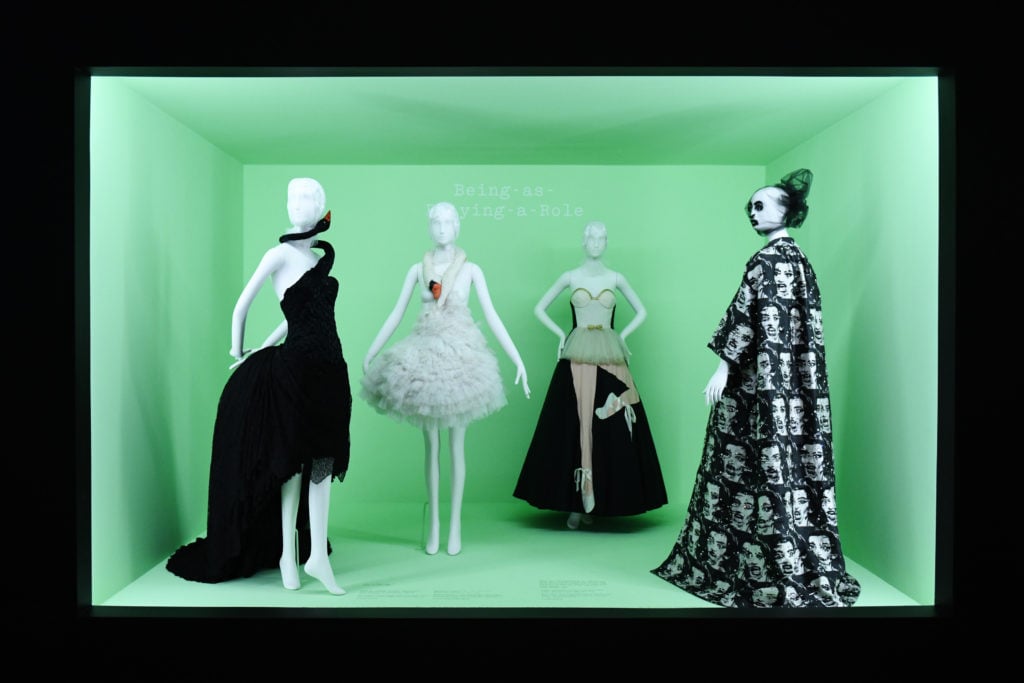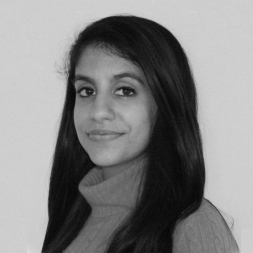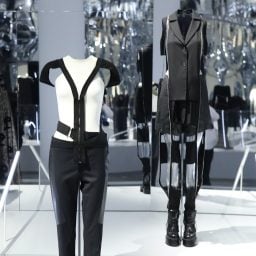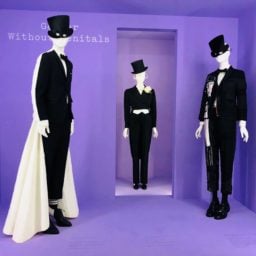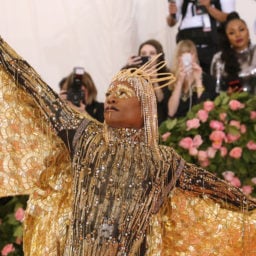On Thursday, the Metropolitan Museum of Art’s Costume Institute opens its celebrated annual fashion exhibition, which was kicked off last night—as always on the first Monday in May—with the Met Gala. The theme of this year’s show, “camp” fashion, takes inspiration from Susan Sontag’s seminal essay Notes On Camp, which identifies camp as “a love of the unnatural: of artifice and exaggeration”, and as “one way of seeing the world as aesthetic phenomenon, not in terms of beauty, but in terms of the degree of artifice or stylization.”
Though Sontag painstakingly attempted to outline her key findings in a 53-point list, she was at odds with the premise of her own endeavor, freely admitting that attempting to define camp was, in a sense, antithetical to its basis. Camp defies concrete meaning, and lives, rather, between the real, imaginative, aesthetic, and fantasy worlds. “Camp is art that proposes itself seriously, but cannot be taken seriously, because it is ‘too much,’” as Sontag wrote. Still, she suggested Caravaggio, William Morris, Bette Davis, Gaudí, and Greta Garbo as real-life possessors of the camp sensibility, while the Met has added additional examples to the list, including David Hockney, Bette Midler, and even the Duke and Duchess of Windsor.
To better understand this year’s exhibition, which is underwritten by Gucci and its camp-forward creative director, Alessandro Michele, artnet News spoke with Karen Van Godtsenhoven, the Costume Institute’s associate curator, about the meaning of camp culture, its contemporary relevance, and how its sensibility translates through different forms of art.
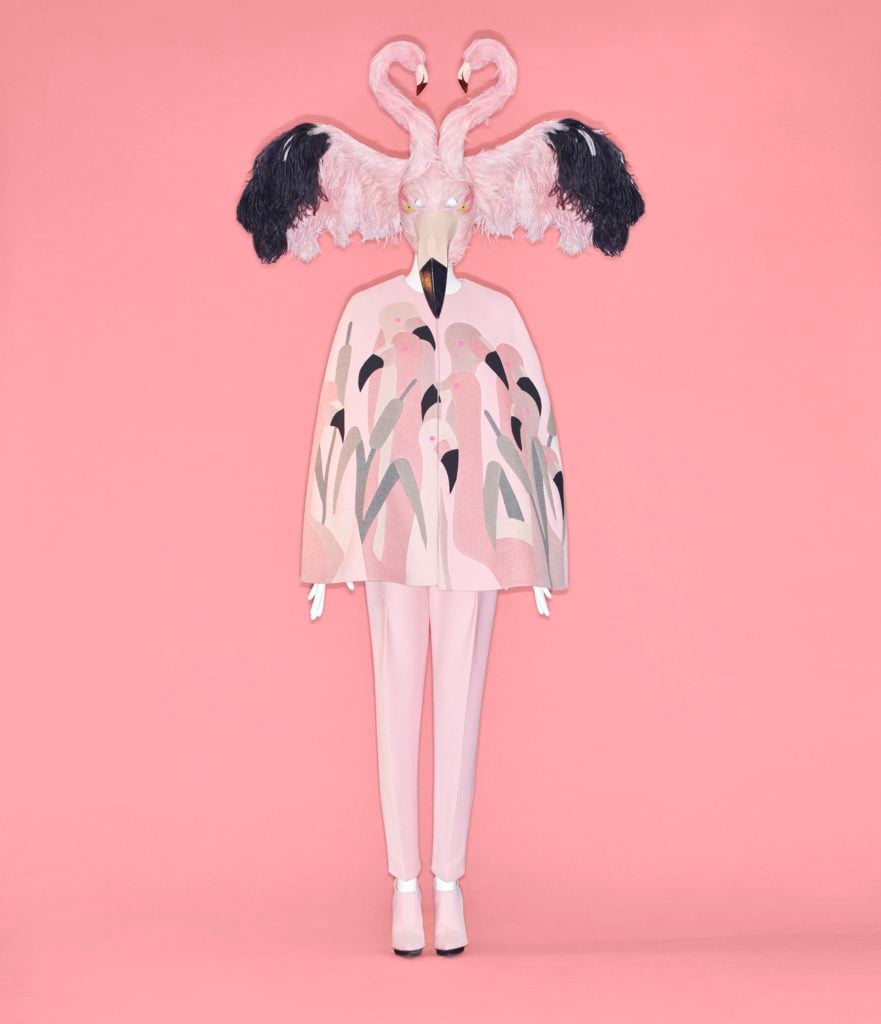
Bertrand Guyon for Schiaparelli, Fall Winter 2017. Photo courtesy of the Metropolitan Museum of Art.
Tell me a little bit about the making of the Camp show. How did it come to be, and what was your role in conceiving and building out the exhibition? Do you have a piece or two you can tease that you feel best represents camp?
Two years ago, when [Costume Institute chief curator] Andrew Bolton was woking on the Rei Kawakubo show, he employed Sontag’s essay “Against Interpretation” as a curatorial conceit. In the same volume of essays, there’s also “Notes on ‘Camp,’” which he found so resonant that he began planning this exhibition around it. My role was focused on literary research, as the exhibition traces camp’s etymological roots throughout different manuscripts, as well as art object and fashion research. I also enjoyed working on the concept for the design; it is nice to see the initial concept grow into a physical space.
Apart from the main fashion galleries, which comprise around 145 fashion silhouettes, the show also displays almost 100 non-fashion works, including literary manuscripts, paintings, decorative arts (as Sontag notes, the decorative arts are saturated with camp), figurines, furniture, photography, drawings, and prints.
The fashion silhouettes are all enjoyable in their own way, but my favorite camp look must be Marjan Pejoski’s swan dress made for Bjork, which she wore to the Academy Awards in 2001, complete with a camp performance of laying an egg on the red carpet. The dress, which evokes the dying swan scene of Swan Lake, is an example of the dramatic nature of what Christopher Isherwood calls “high camp”—something which is basically serious, but expressed frivolously. Then there are two silhouettes by the young designer Tomo Koizumi, which can only be described as rainbow explosions of tulle cotton candy. Finally, Jean Paul Gaultier’s disco sailor scores very high on the camp spectrum.
In terms of non-fashion objects, there’s a great 1934 painting by Paul Cadmus called The Fleet’s In, which combines high camp and low camp in one work: the composition is based on Renaissance painting (high camp), and the subjects are brawling sailors (low camp). The secret gay codes and furtive glances make for an entertaining spectacle to behold: when it was painted as a commission for the Navy, the subject matter was—perhaps unsurprisingly—not appreciated by the officers. Now, it is one of their most prized art objects, which just came to us after being on loan to the New York Public Library. The painting speaks about social history, as well as art history.
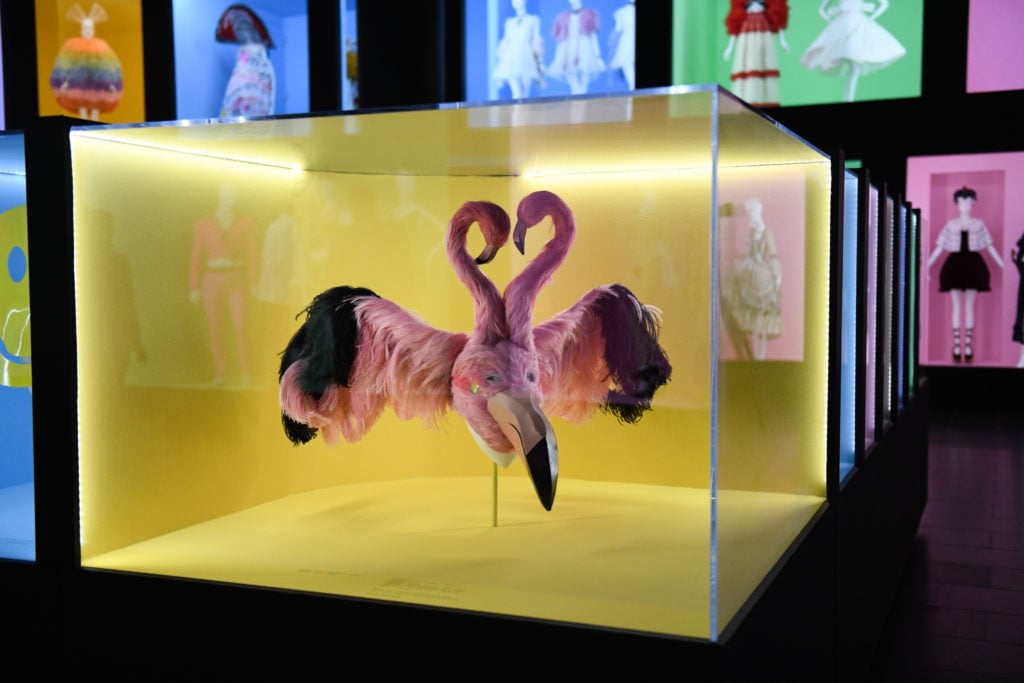
A gallery view of “Camp: Notes on Fashion” at the Costume Institute at the Met. Image courtesy of the Metropolitan Museum of Art, BFA.com/Zach Hilty.
Susan Sontag’s interpretation of camp comprises a sort of grab-bag of notions. It can be a little confusing. How do you interpret camp?
It’s true that camp’s slipperiness is one of its most central defining features, so much so that it changes when one tries to pin it down, much like fashion. After reading Sontag and so many other writers who all give their own interpretations, we decided to use the clearest findings as thematic utterances in the exhibition, to make it more understandable to the general public. Some phrases we found were: “camp is a second childhood,” “camp is the psychopathology of affluence,” “camp is gender without genitals,” “camp is a mode of perception,” and so on. Sontag’s main argument in her notes led to this statement: “Camp is the answer to the problem: how to be a dandy in the age of mass culture.”
Why do you think now is the right time to showcase camp fashion?
There are periods when camp comes to the fore as the defining aesthetic of the times. It is no coincidence that camp resurfaces when society is polarized, because—despite its mainstreaming since the 1960s—camp has never lost its power to challenge the status quo. For example, there’s Vivienne Westwood and John Galliano’s historical pastiches, which were used as rebellious aesthetics in the 1980s, and today, a young generation of gender-fluid designers create new hybridized versions of the androgyne aesthetic. All of these examples are reactions to the cultural “norm” and, are also attempts to overthrow the dominant aesthetics of their times.
How do you think camp fashion relates to camp art?
They are both expressions of the same ideas. They are so related, in my opinion, that the only difference is the medium. They both undercut hierarchies of taste and share a love of artifice, embellishment, surface, and symmetry. Sontag points out Art Nouveau as a camp art movement because of its aesthetic transvestism, and because it consists of “things-being-what-they-are-not.” A flower is a lamp, a woman is a plant, and so on. What I like about it is that Art Nouveau—which is a serious art movement that uses nature as its prime aesthetic and philosophical motif—is totally artificial. That is its most camp characteristic, and you can find this type of contradiction and humor in many different art movements.
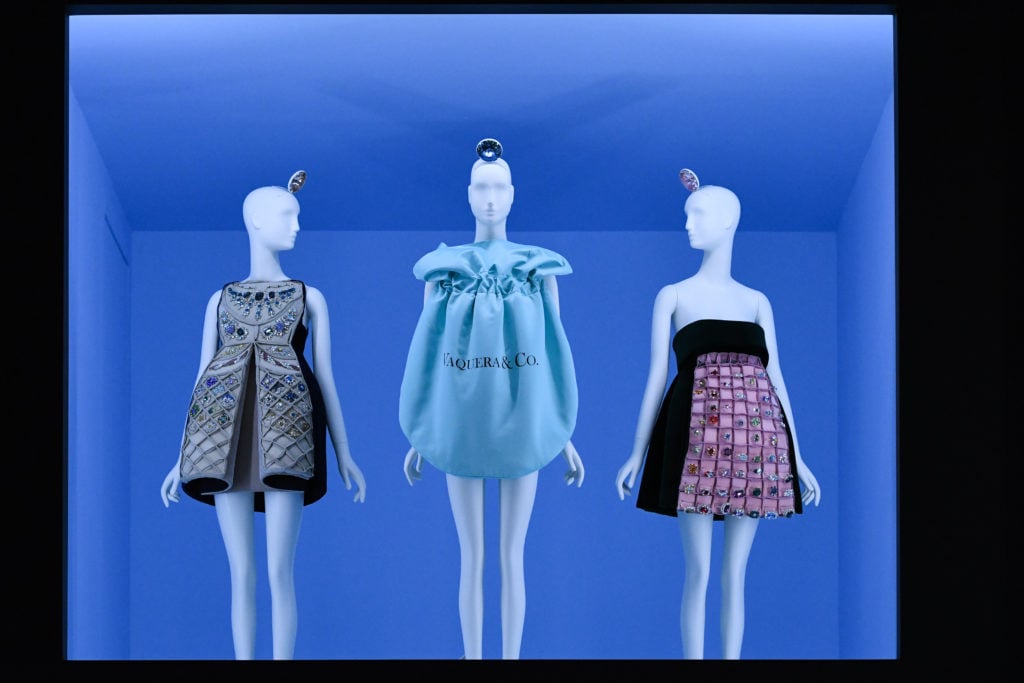
A gallery view of “Camp: Notes on Fashion” at the Costume Institute at the Met. Photo courtesy The Metropolitan Museum of Art.
The fine art and fashion worlds have long taken inspiration from one another, but they’re also skeptical of the other. Increasingly, though, we’re seeing designers collaborate with artists and vice versa. What do you think has led to this spike in cross-pollination?
In “The Painter of Modern Life,” Charles Baudelaire says that what is modern is the ephemeral, fugitive, and contingent, and that this makes up one half of art; the classical and eternal are the other part. Fashion is often equated with the ephemeral because it is ever-changing. Yet, in fashion, like in art, ideas and shapes also return; there is a part that is cyclical. This makes both art and fashion such great mirrors of the times we live in, because they reflect the zeitgeist by sublimating bigger ideas. Given the fact that we live in such rapidly changing and interesting times, I think it is a logical consequence that artistic people have less and less use for disciplinary boundaries and collaboration is beneficial for everyone.
